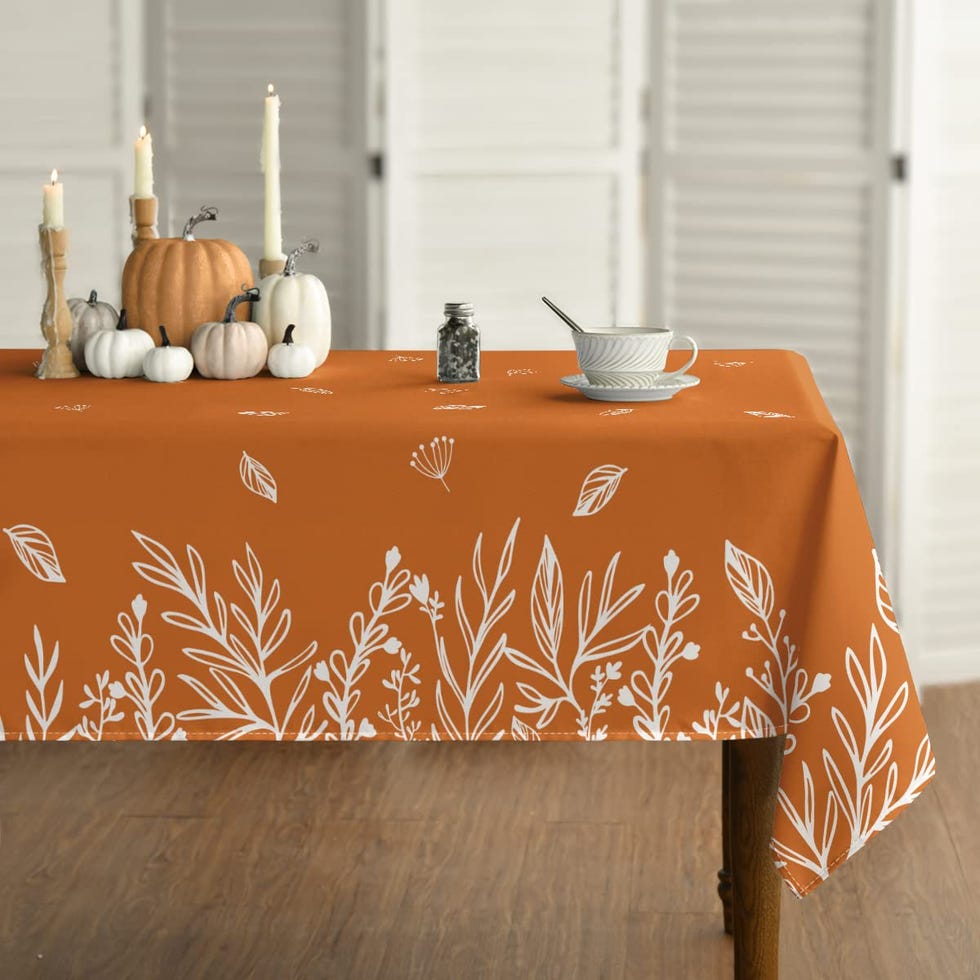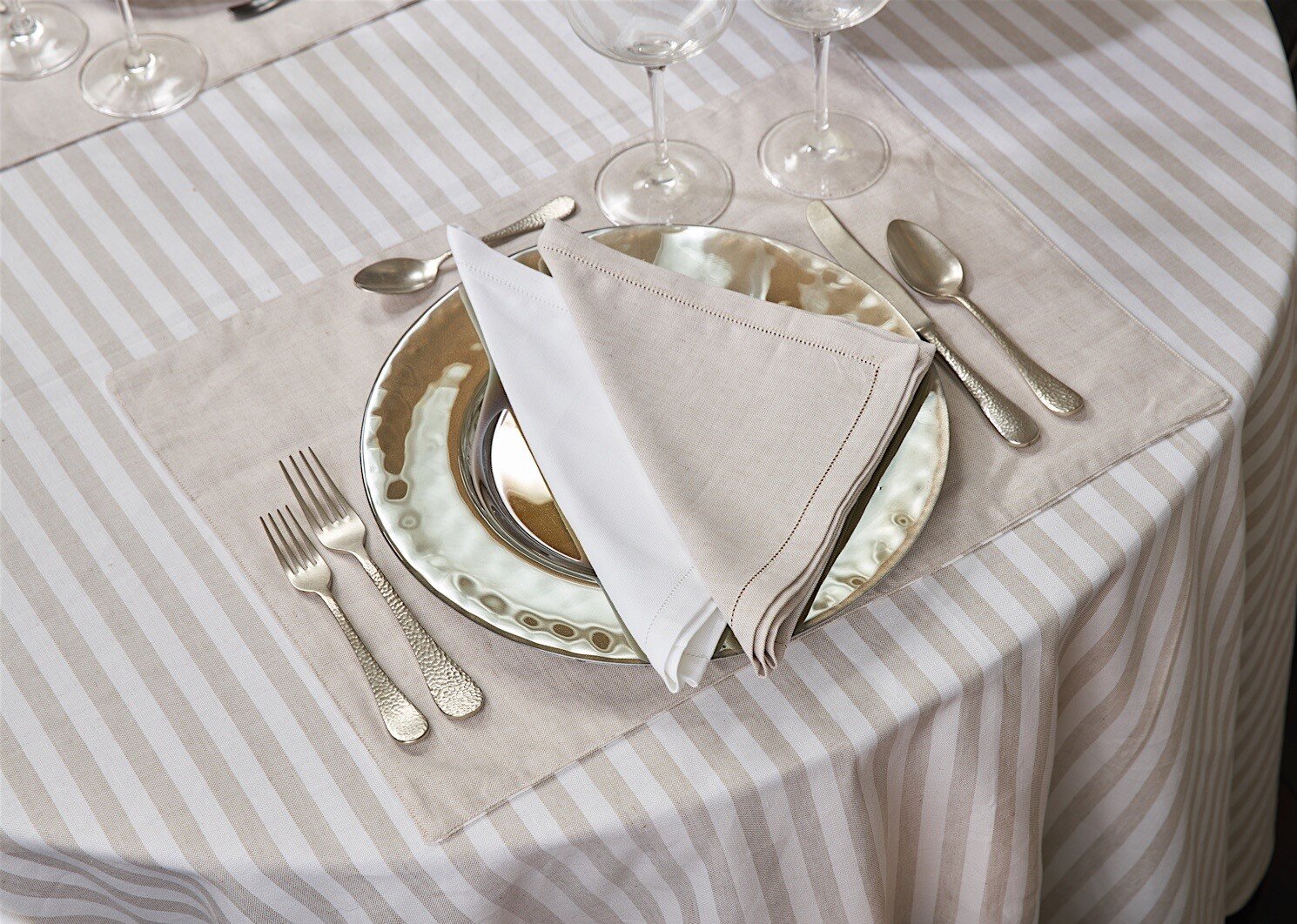Bed Linen Textile Developments: Checking Out Modern Trends and Creative Applications in Layout and Textile Market
In the world of fabric advancements, linen has arised as a timeless yet functional product that continues to mesmerize fanatics and designers alike. With an abundant history deeply intertwined with workmanship and beauty, bed linen fabric is experiencing a resurgence in the contemporary era. From lasting production techniques to advanced weaving modern technologies, the advancement of linen is reshaping the landscape of the fabric sector. As we look into the realms of innovative design applications and the development of linen blends and hybrid textiles, a brand-new phase unfolds in which linen's role in future fabric innovations takes spotlight.
Sustainable Practices in Linen Production
Lasting techniques in linen manufacturing have actually ended up being significantly critical in the fabric market's efforts to minimize ecological effect and advertise honest sourcing methods. Bed linen, an all-natural fiber stemmed from the flax plant, provides a variety of advantages such as durability, breathability, and biodegradability. Nevertheless, conventional methods of bed linen manufacturing can involve substantial water intake, pesticide use, and energy-intensive procedures.
To deal with these challenges, many textile makers are adopting sustainable practices throughout the linen manufacturing procedure. This includes sourcing flax from natural ranches that prevent unsafe pesticides and chemicals, carrying out water-efficient retting strategies to extract fibers from the flax stalks, and making use of green dyes and finishes. Furthermore, some firms are spending in renewable power resources to power their production facilities and minimizing waste via recycling and upcycling initiatives.
Technological Improvements in Bed Linen Weaving
With the growing focus on lasting methods in linen production, the textile sector is now observing a surge in technological improvements especially targeted at transforming the art of bed linen weaving. These innovations are reshaping the method linen textiles are created, offering increased effectiveness, top quality, and creative thinking in weaving strategies.
One of the key technical improvements in linen weaving is the integration of digital looms. These sophisticated looms are furnished with software program that allows for complicated and complex styles to be woven with precision. By digitizing the weaving procedure, suppliers can achieve better uniformity and precision in their linen textiles.
In addition, innovations in yarn spinning technology have enabled the production of finer and more resilient bed linen threads - table cloths. This leads to softer and smoother linen textiles that maintain their quality also after numerous uses and washes
Additionally, the growth of eco-friendly dyeing procedures and surfaces for linen materials is acquiring grip. These lasting practices not just minimize the environmental influence however also deal with the boosting customer need for fairly produced fabrics.
Creative Layout Applications for Linen
Cutting-edge artistic techniques are increasingly shaping the innovative layout applications for linen in the textile market. Bed linen's natural visual appeal and capability to mix with other materials make it a favored choice for creating special garments and accessories that cater to the environmentally mindful consumer.
Moreover, designers are trying out with linen in home decoration, utilizing its durable and breathable nature to craft elegant furnishings such as drapes, bed linen, and upholstery. The texture and drape of linen bring a feeling of elegance and convenience to indoor spaces, including a touch of elegance to modern homes.

Bed Linen Blends and Crossbreed Fabrics

Hybrid textiles, on the various other hand, take the concept of mixing a step further by including additional components such as metallic strings, recycled materials, or conductive fibers. These innovative fabrics not only increase the style opportunities however additionally present functional facets like conductivity, antimicrobial properties, or improved sturdiness. Crossbreed materials are increasingly being used in various markets, including style, interior layout, and technical fabrics, where the demand for multifunctional products is on the increase.
Linen's Duty in Future Fabric Innovations

In the realm of future fabric developments, linen is expected to be a vital gamer in the advancement of advanced functional materials. Developers and scientists are discovering methods to enhance linen's fundamental qualities via technical developments, such as including wise textiles, nanotechnology, and efficiency coatings. These innovations aim to raise bed linen's efficiency attributes, making it suitable for a broader variety of applications, from activewear to protective clothing.
Furthermore, the combination of linen with various other all-natural or artificial fibers opens limitless possibilities for producing novel textiles with unique homes and performances. By leveraging linen's characteristics and exploring innovative blends, the fabric sector is positioned to introduce exciting developments that satisfy advancing customer requirements and sustainability demands.
Conclusion
Finally, the exploration of lasting techniques, technological improvements, innovative design applications, linen blends, and its role in future fabric technologies highlight the constant development of linen fabric in the modern-day style and textile industry. With a concentrate on technology and creative thinking, the convenience and environmentally friendly nature of linen make it a beneficial product for makers and designers alike, leading the method for more advancements and improvements in the field of textiles.
As we dive right into the worlds of innovative design applications and the appearance of linen blends Going Here and crossbreed textiles, a new chapter unravels in which linen's duty in future textile technologies takes center phase.
Checking out the blend of linen with various other fabrics has actually led to the development of cutting-edge blends and hybrid textiles in the modern textile market. Bed linen blends provide an unique mix of the characteristics of linen with those of other fibers, resulting in textiles that possess improved residential or commercial properties such as raised toughness, boosted draping, and decreased wrinkling.The development of bed linen blends and crossbreed fabrics has set the phase for Bed linen to play a critical function in driving future fabric innovations.In the realm of future textile technologies, bed linen is expected to be an essential gamer in the growth of advanced functional materials.